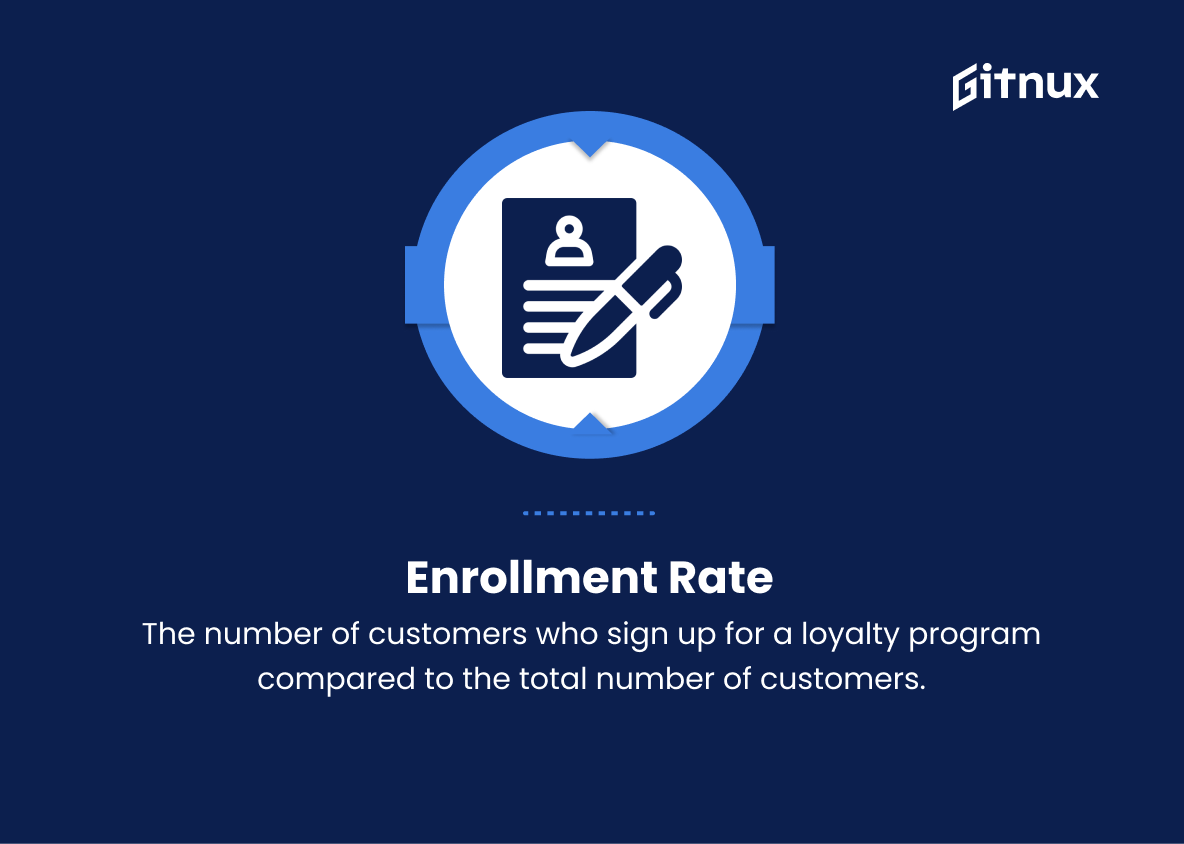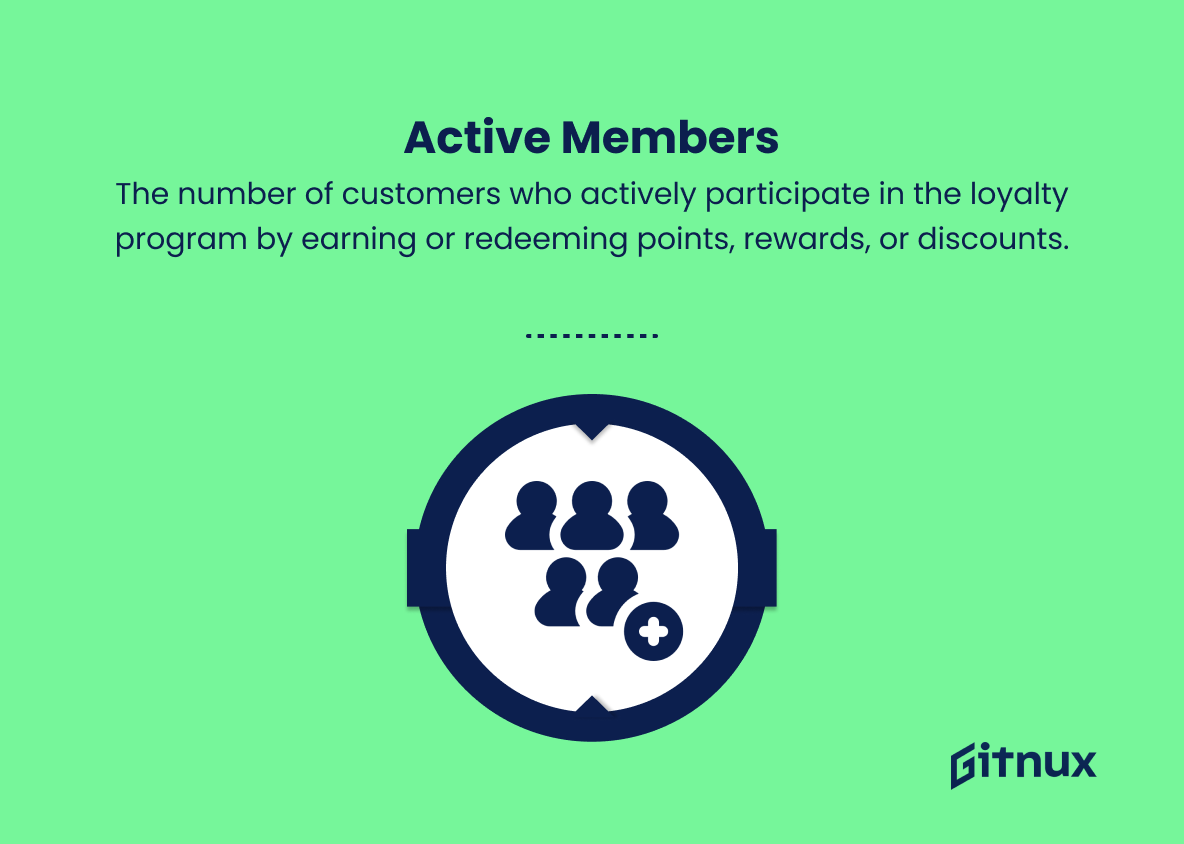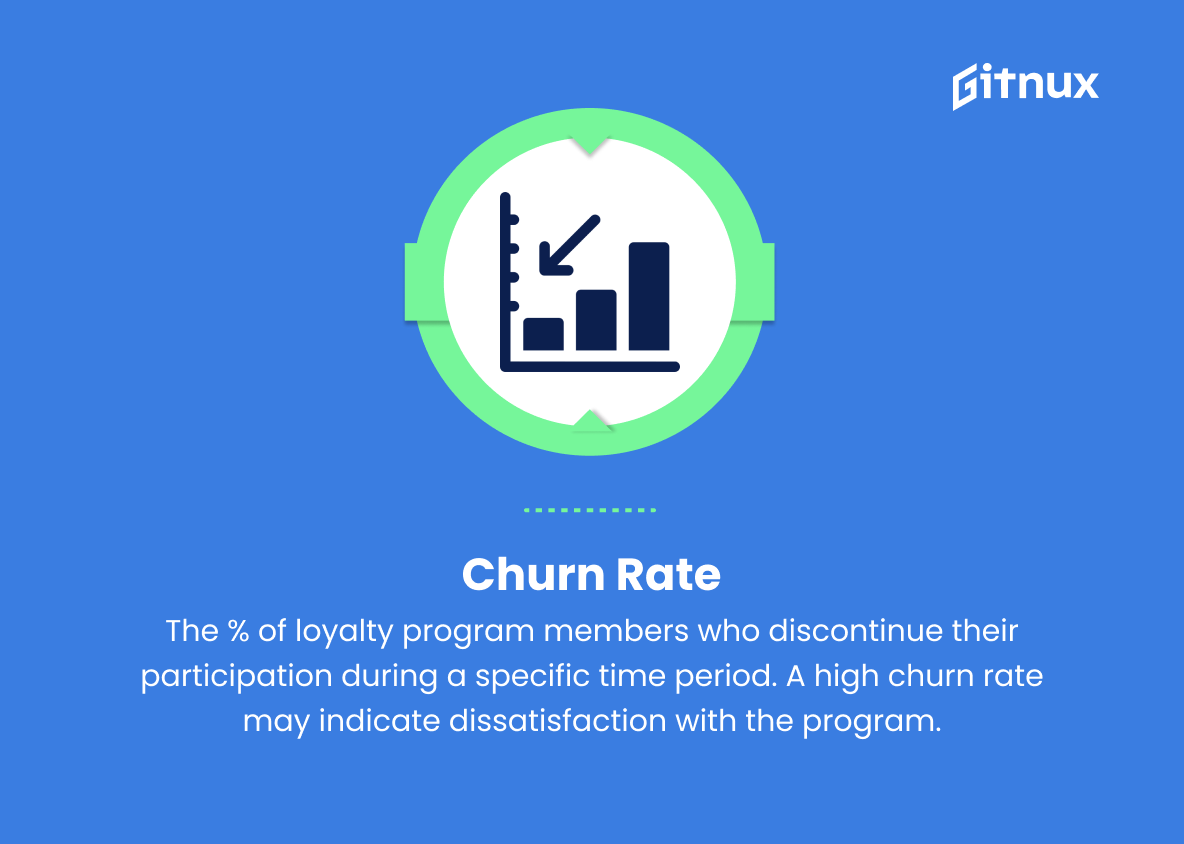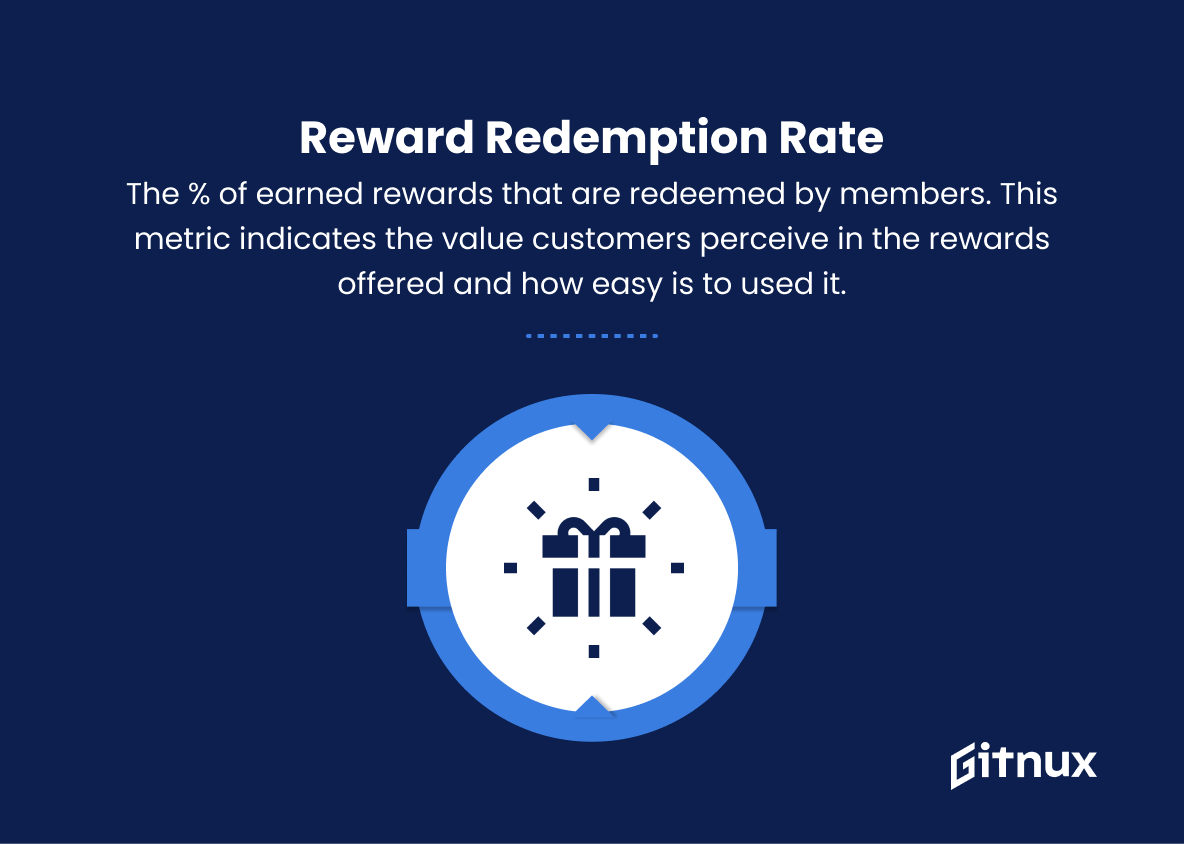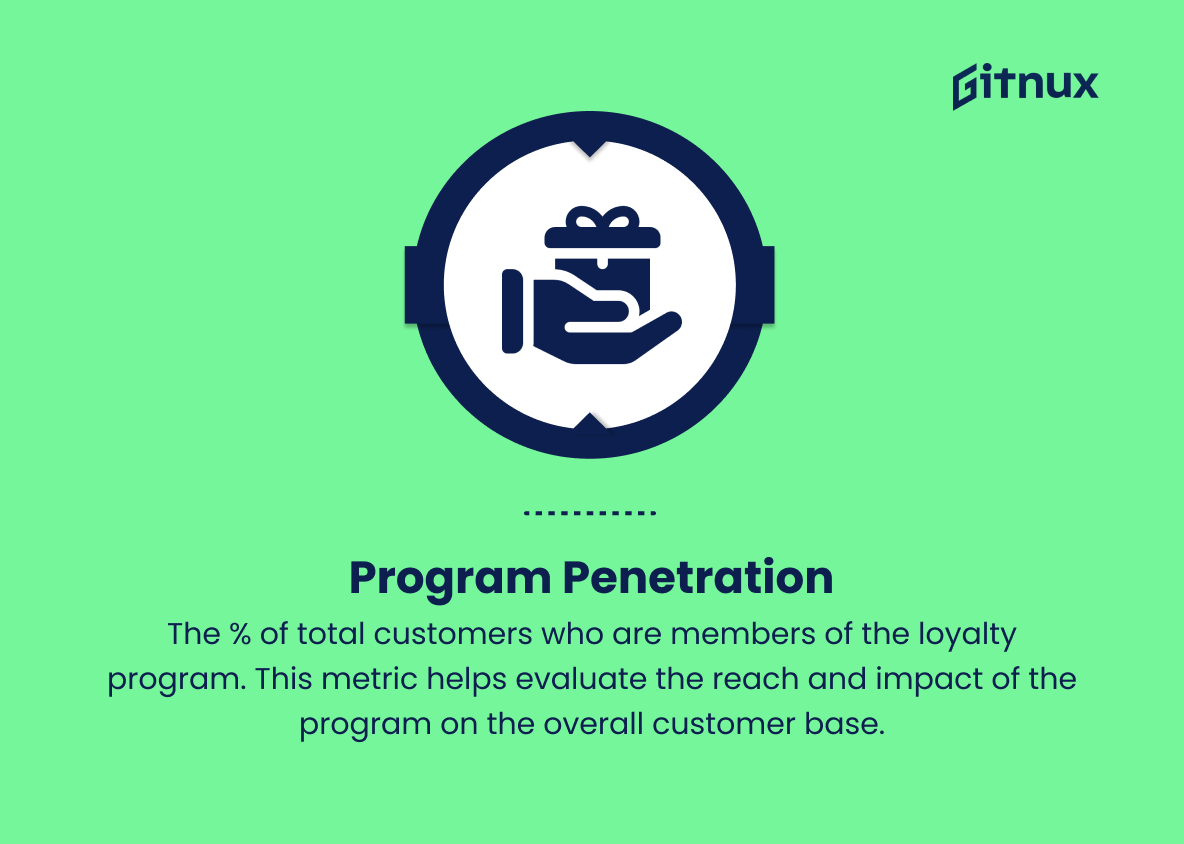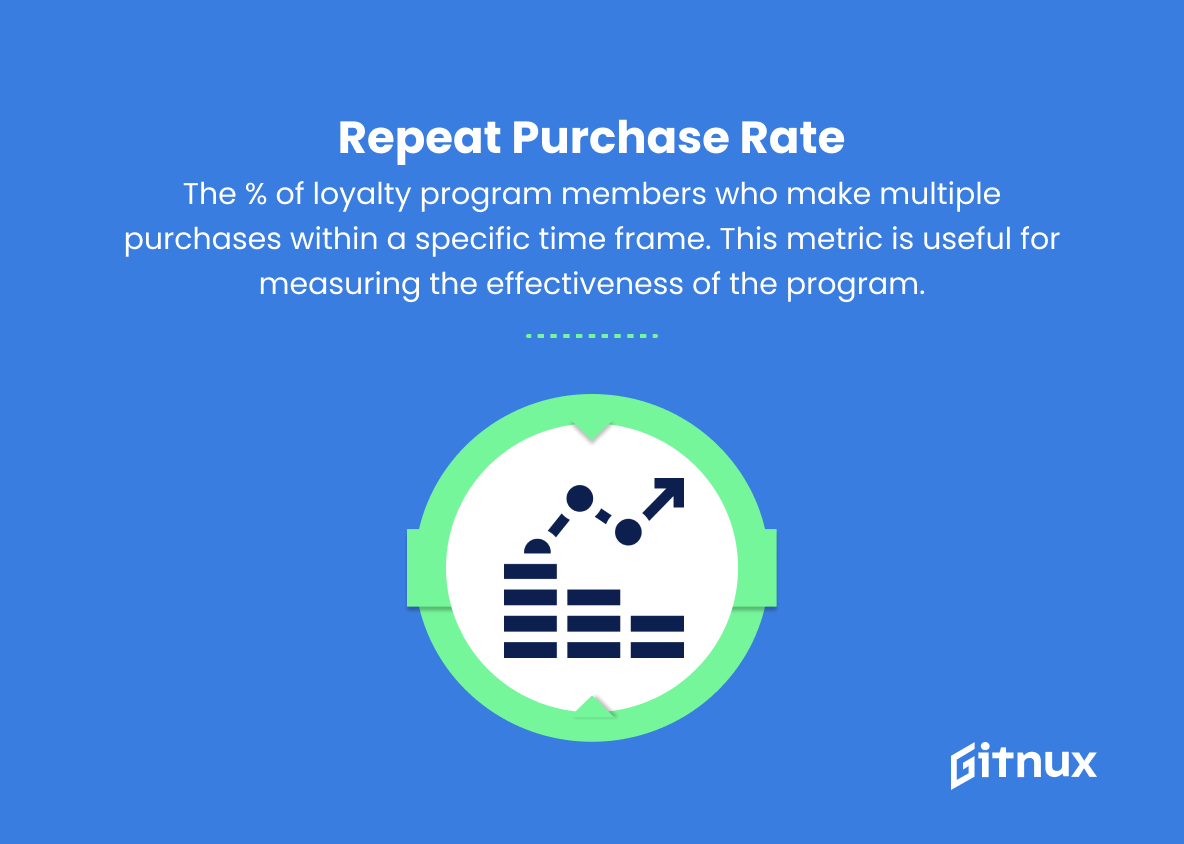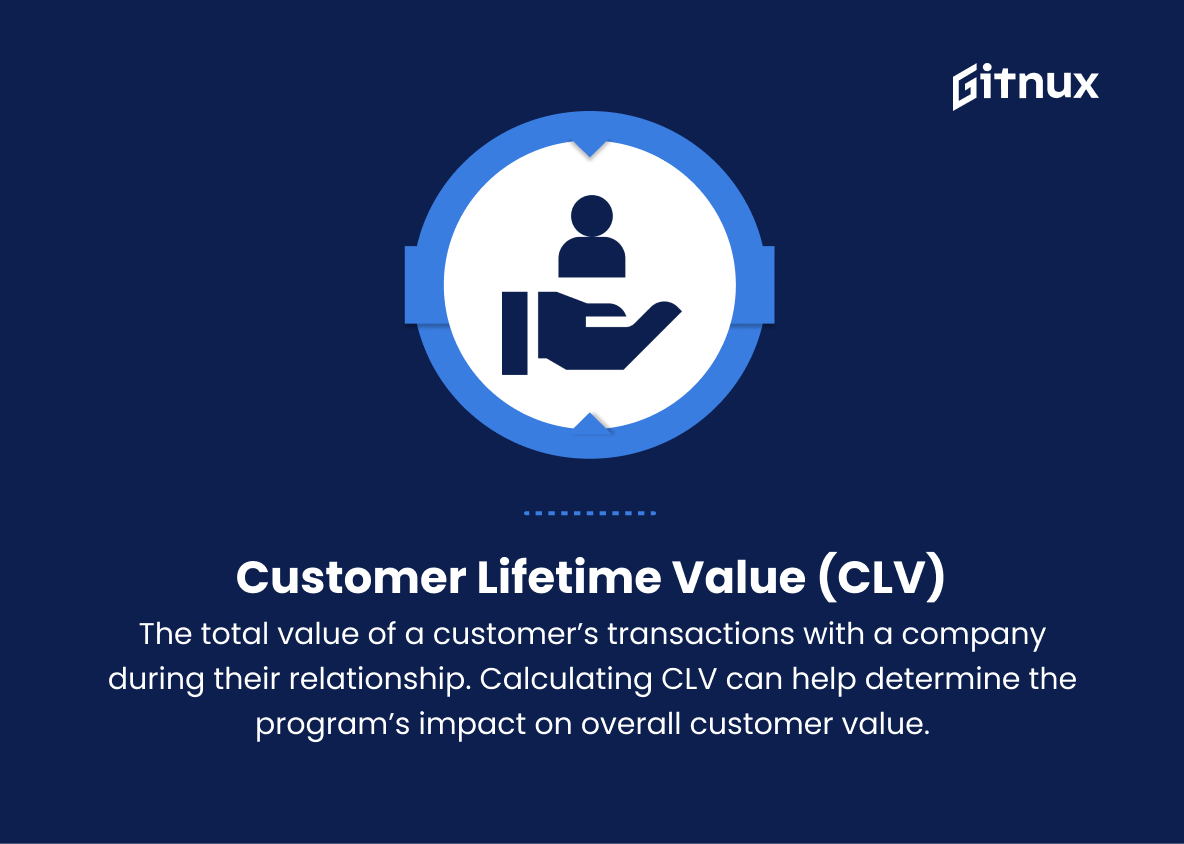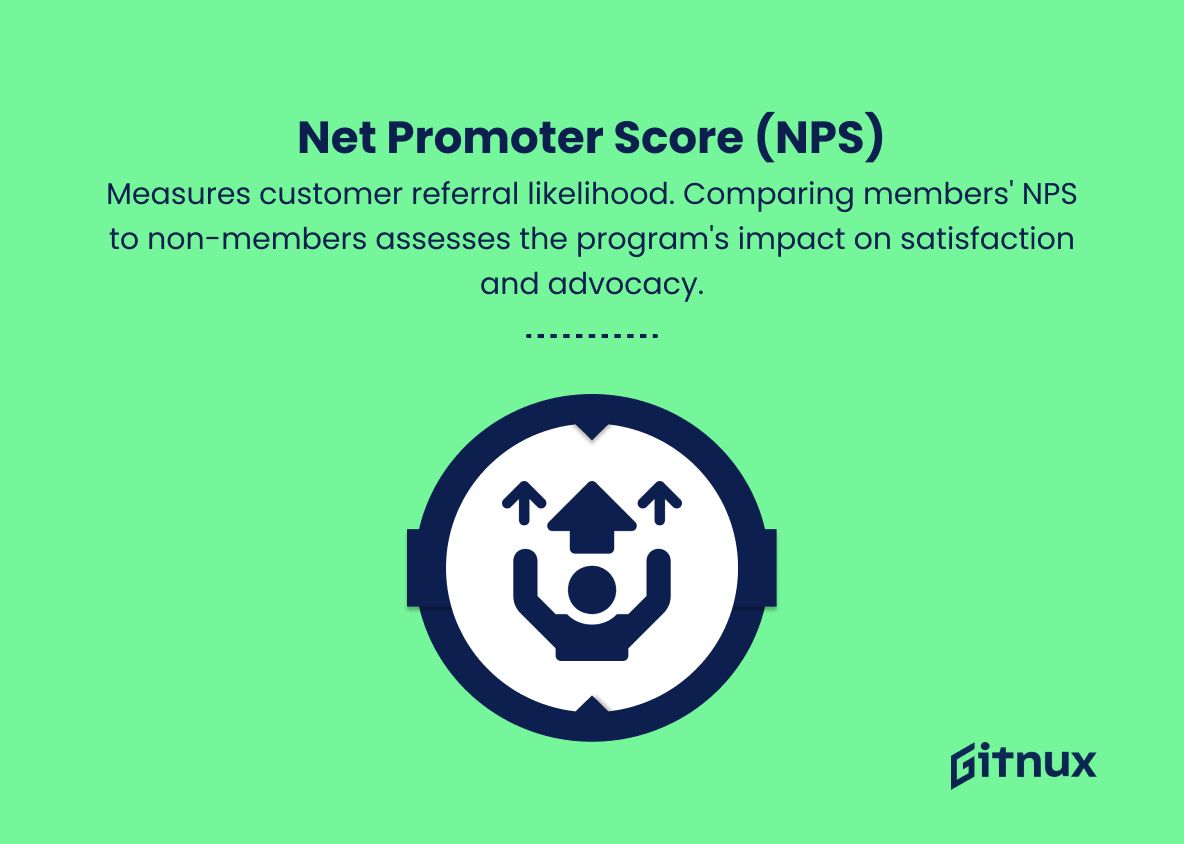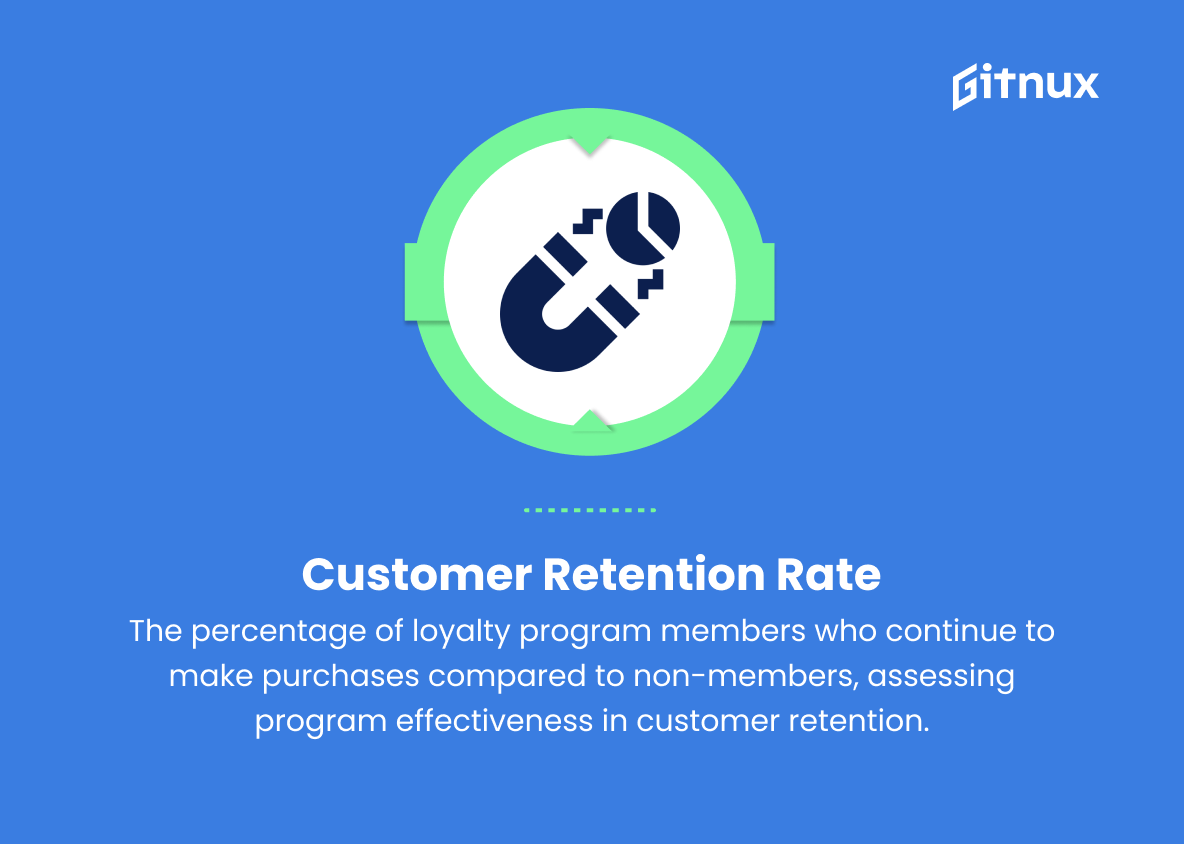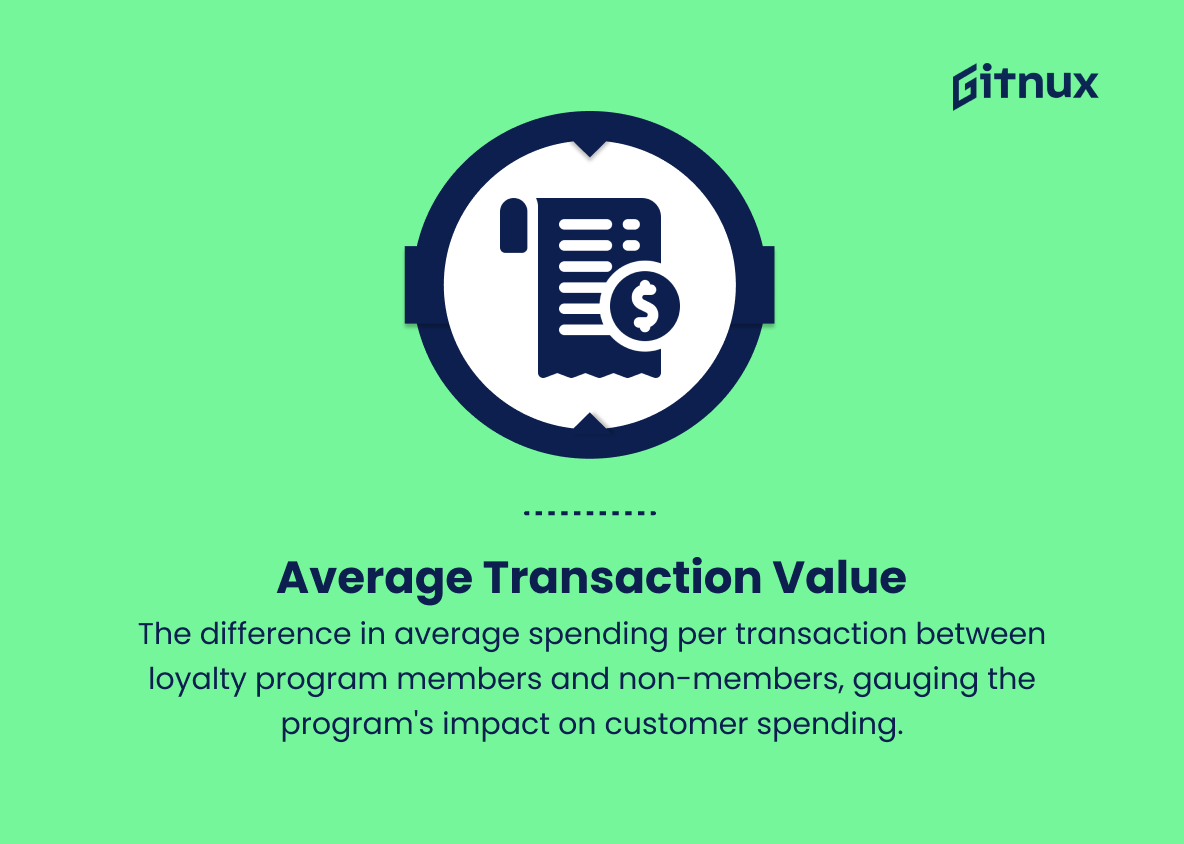In today’s fiercely competitive business landscape, customer retention and loyalty are paramount to a company’s success. One of the most compelling strategies to achieve this is implementing a loyalty program, designed to engage and reward customers for their continued patronage. But how can a business truly measure the effectiveness of such a program?
In this insightful blog post, we will explore the various loyalty program metrics that enable companies to evaluate, optimize, and improve their customer engagement strategies. By understanding key performance indicators (KPIs) and leveraging data-driven insights, organizations can unlock the full potential of their loyalty programs, fostering long-lasting relationships with their valued customers, and ultimately, driving sustainable business growth.
Loyalty Program Metrics You Should Know
1. Enrollment rate
The number of customers who sign up for a loyalty program compared to the total number of customers. This metric helps determine the appeal and effectiveness of the loyalty program’s structure and marketing efforts.
2. Active members
The number of customers who actively participate in the loyalty program by earning or redeeming points, rewards, or discounts. This metric measures customer engagement and program relevancy.
3. Churn rate
The percentage of loyalty program members who discontinue their participation during a specific time period. A high churn rate may indicate dissatisfaction with the program or ineffective communication.
4. Reward redemption rate
The percentage of earned rewards that are redeemed by members. This metric indicates the value customers perceive in the rewards offered and can also signal the ease of the redemption process.
5. Program penetration
The percentage of total customers who are members of the loyalty program. This metric helps evaluate the reach and impact of the program on the overall customer base.
6. Repeat purchase rate
The percentage of loyalty program members who make multiple purchases within a specific time frame. This metric is useful for measuring the effectiveness of the program in driving customer retention and repeat business.
7. Customer Lifetime Value (CLV)
The total value of a customer’s transactions with a company during their relationship. Calculating CLV for loyalty program members can help determine the program’s impact on overall customer value and profitability.
8. Net Promoter Score (NPS)
A metric that measures the likeliness of a customer referring the business to someone they know. Comparing the NPS of loyalty program members to non-members can shed light on the program’s effectiveness in increasing customer satisfaction and advocacy.
9. Customer retention rate
The percentage of loyalty program members who continue to make purchases within a specific time frame compared to non-members. This metric helps assess the effectiveness of the program in retaining customers.
10. Incremental revenue
The additional revenue generated by loyalty program members compared to non-members. This metric helps evaluate the financial impact of the loyalty program on the business.
11. Average transaction value
The difference in the average amount spent per transaction by loyalty program members compared to non-members. This metric helps assess the influence of the loyalty program on customer spending behavior.
12. Customer engagement
The degree of interaction between loyalty program members and the brand through channels like social media, email, and in-store visits. This metric measures the effectiveness of the program in fostering deeper relationships with customers.
Loyalty Program Metrics Explained
Loyalty Program Metrics are crucial to understanding the effectiveness of a rewards initiative for a given business. Enrollment rate helps evaluate the program’s appeal and marketing efforts, while active members measure customer engagement and program relevancy. Churn rate indicates member satisfaction, and reward redemption rate shows the perceived value of rewards. Program penetration assesses the reach and impact of a program, while repeat purchase rate and Customer Lifetime Value (CLV) measure retention, business value, and profitability.
Net Promoter Score (NPS) is important for gauging customer satisfaction and advocacy, while customer retention rate evaluates how well a program retains customers. Incremental revenue determines the financial impact of the loyalty program, and average transaction value assesses the program’s influence on customer spending behavior. Finally, customer engagement measures the depth of relationships fostered by a loyalty program, demonstrating its overall effectiveness in bonding customers to the brand.
Conclusion
In conclusion, loyalty program metrics are essential for businesses to evaluate the effectiveness, growth, and long-term sustainability of their customer loyalty initiatives. By carefully tracking and analyzing these key performance indicators, companies can better understand their customer base, identify areas for improvement, and ultimately, enhance customer satisfaction and retention.
Successful loyalty programs should focus on both acquiring new members, and catering to the existing customers, creating long-lasting and fruitful relationships. As businesses continue to adapt and evolve in a customer-centric world, never has the importance of loyalty program metrics been more critical to the overall success of an organization.
